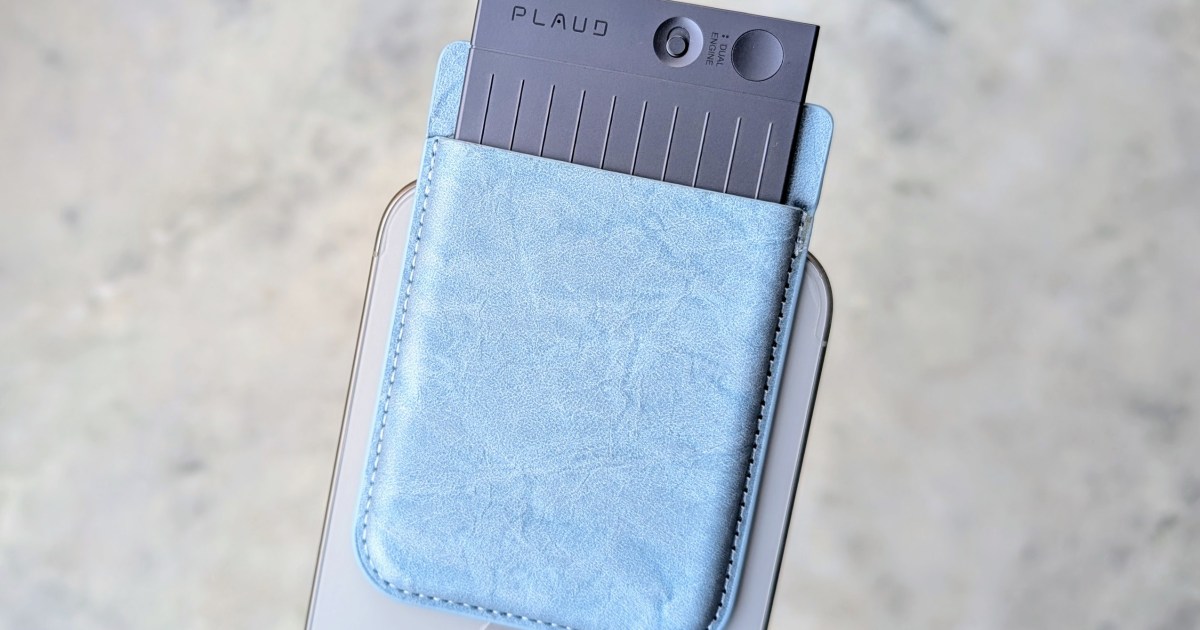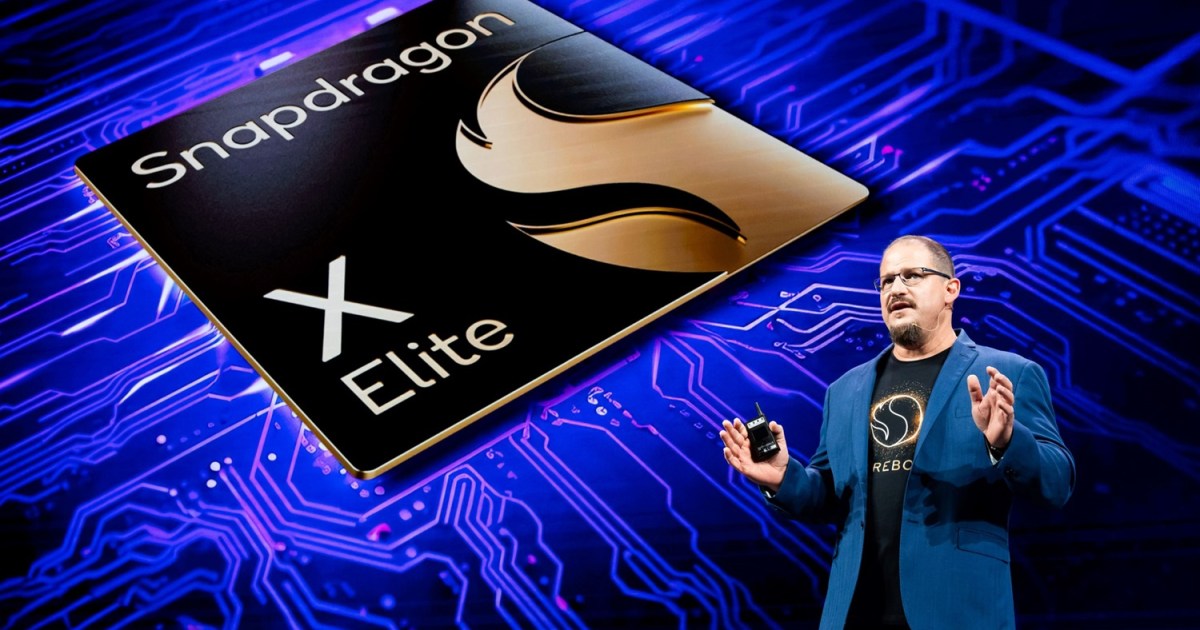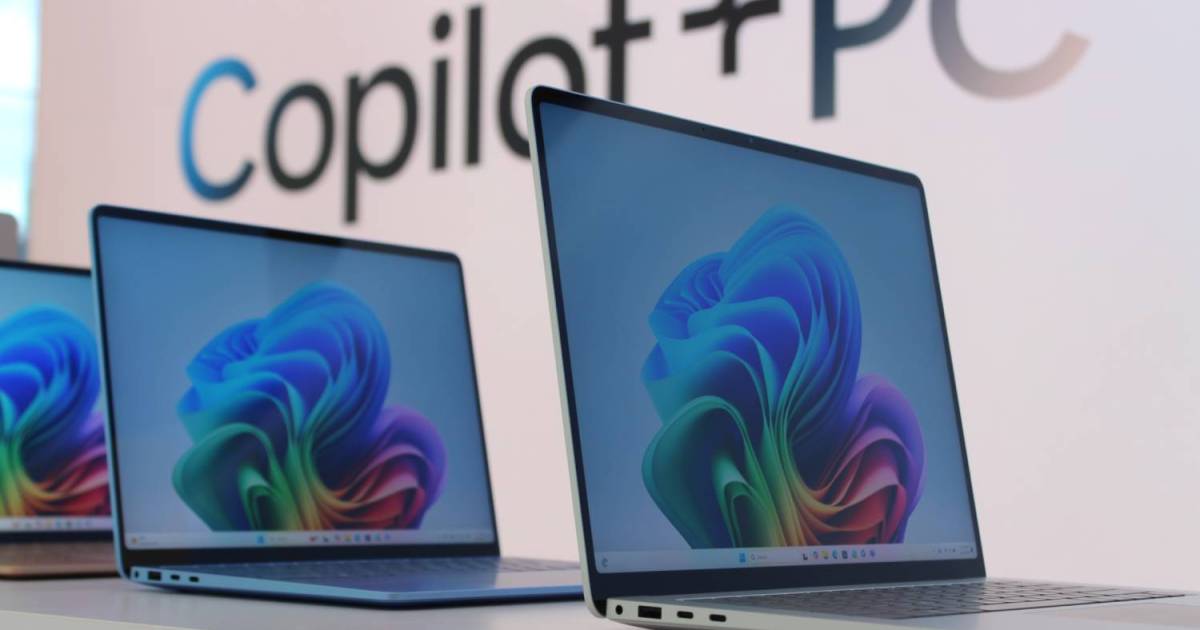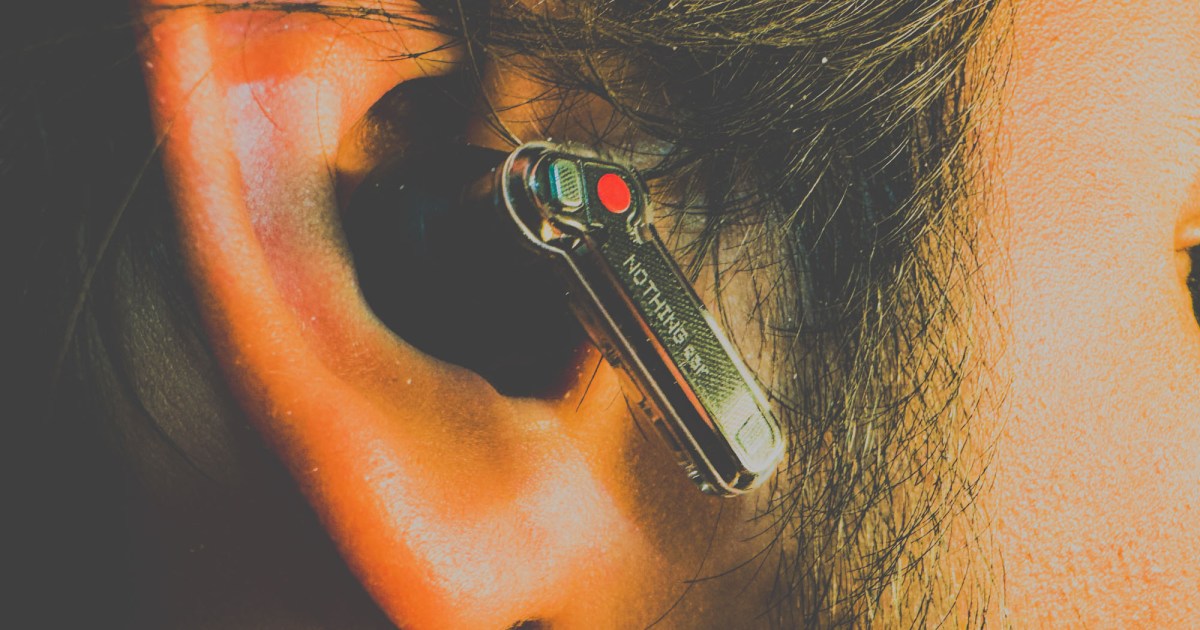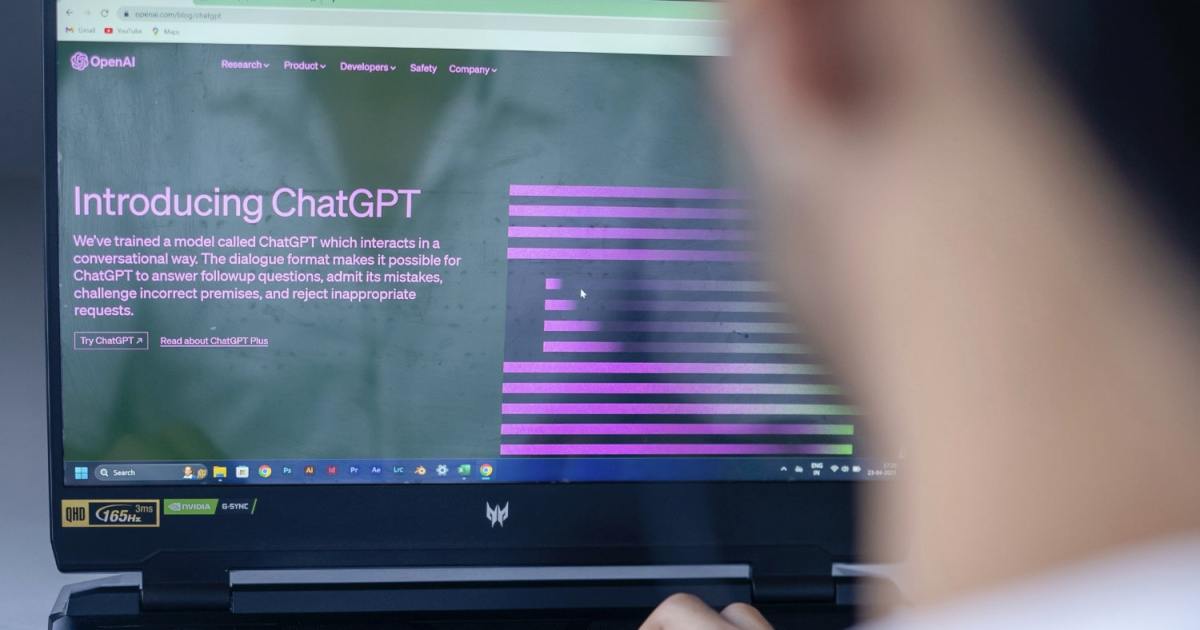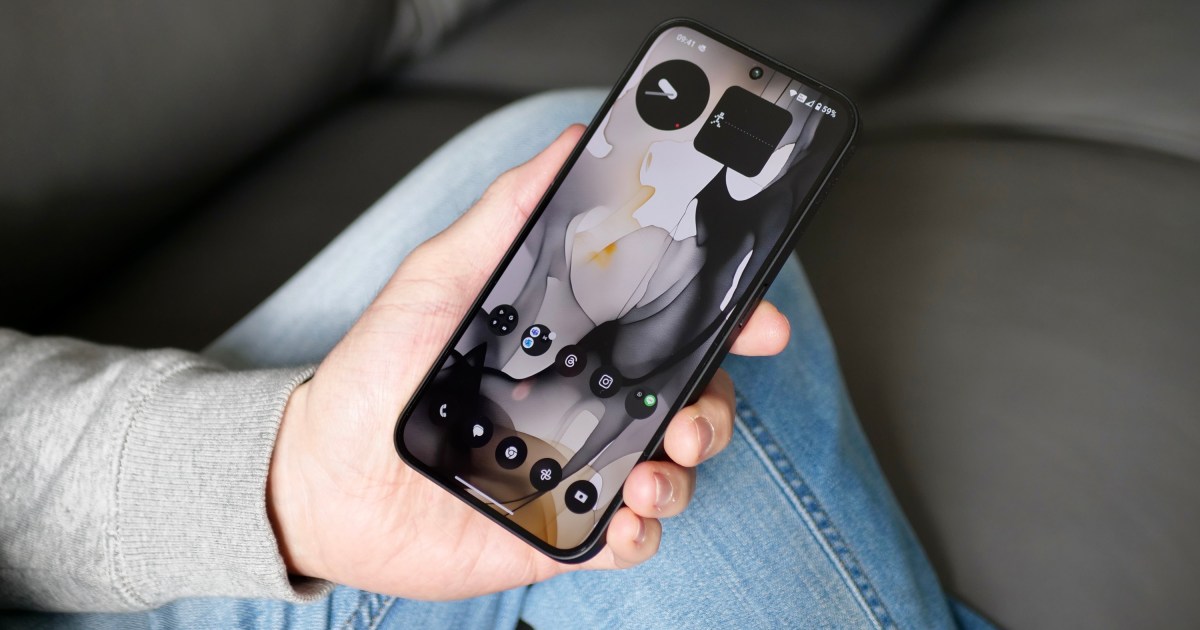The AI hardware landscape has seen its share of ambitious, yet ultimately underwhelming, devices. From the Rabbit R1 to the Humane AI Pin, many have promised revolutionary AI companions, only to fall short of expectations. Plaud, however, takes a more grounded approach with its debut offering, the Plaud Note. This sleek, snap-on device leverages generative AI for the practical purpose of recording and transcribing voice notes, even adding summarization capabilities. But does it live up to its promise?
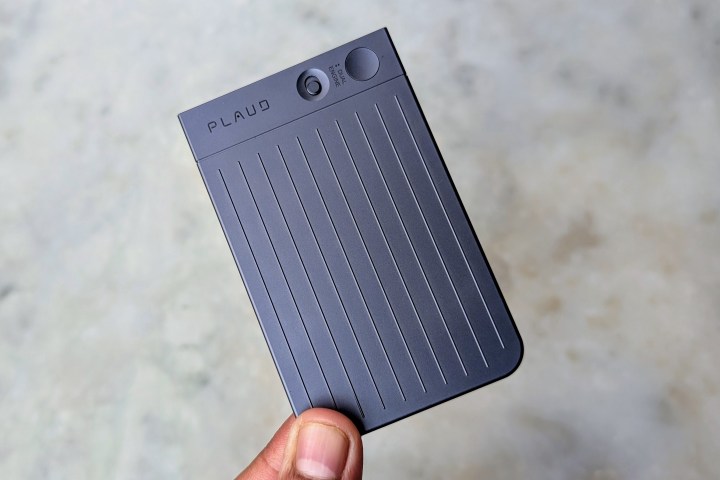 Front side of Plaud Note.The Plaud Note: Incredibly thin and lightweight. (Nadeem Sarwar / MaagX)
Front side of Plaud Note.The Plaud Note: Incredibly thin and lightweight. (Nadeem Sarwar / MaagX)
Using the Plaud Note: Simple and Effective
The Plaud Note is remarkably thin and light, yet feels premium. Setup is effortless – simply press the button until the device vibrates and the red light blinks. A small toggle switch controls recording mode: down for ambient sound and up for phone calls. Connecting via Bluetooth, the Plaud Note seamlessly integrates with its accompanying app, displaying recordings chronologically.
For English speakers, the Plaud Note is a reliable transcription tool. It handled various accents effectively, with only minor difficulties encountered with strong Scottish accents.
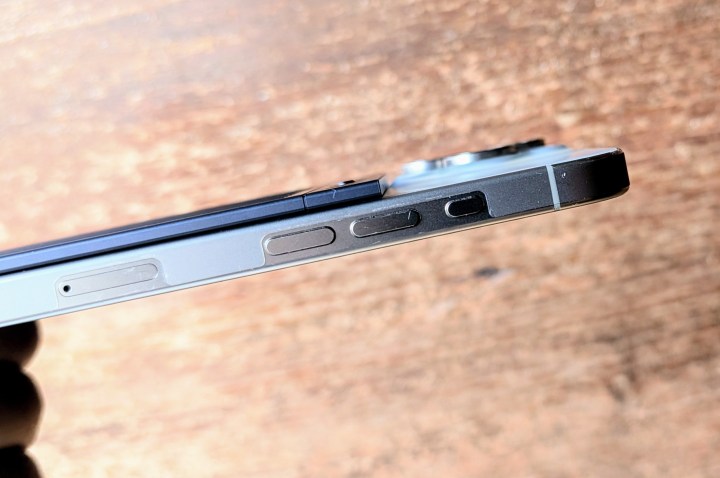 iPhone 15 Pro Max and Plaud Note.Illustrating the Plaud Note’s slim profile. (Nadeem Sarwar / MaagX)
iPhone 15 Pro Max and Plaud Note.Illustrating the Plaud Note’s slim profile. (Nadeem Sarwar / MaagX)
Challenges arise with technical jargon, stylized names, and colloquialisms. For instance, “GPT-4o” was transcribed as “G34,” and “Claude Sonnet” as “CloudSonic.” Pronunciation clarity also plays a role; the device transcribed my brother’s voice more accurately than mine, even when reading the same passage. Fortunately, the app allows for transcription editing, though these edits don’t automatically update the summary or mind map. Dedicated re-transcription and summarization options are available.
Multilingual Performance and Summarization
Beyond English, testing included Hindi, Urdu, Persian, and Arabic. Impressively, the Plaud Note performed well even with classical Urdu literature. While transcription accuracy for these languages hovered around 85-90%, the summarization based on the transcribed text was commendable.
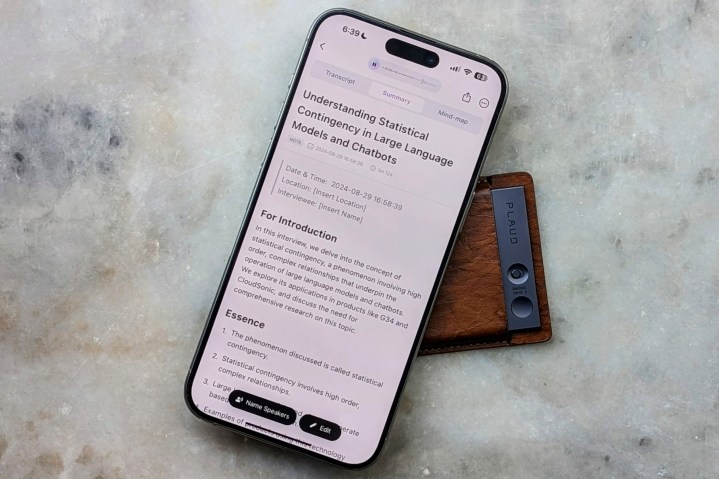 Summary of voice recorded by Plaud Note.Example of a summarized voice note within the Plaud Note app. (Nadeem Sarwar / MaagX)
Summary of voice recorded by Plaud Note.Example of a summarized voice note within the Plaud Note app. (Nadeem Sarwar / MaagX)
Spelling errors are primarily attributable to the language model’s training data, which is predominantly English. The complexities of Urdu, Arabic, and Persian scripts, with their joining letters and vowel representation, also contribute to these inaccuracies. Testing with a Portuguese speaker confirmed the device’s proficiency with native accents but highlighted potential struggles with non-native speakers. Improving performance for these languages hinges on expanding and diversifying the training data for underlying AI models. Users can choose between GPT-4o and Claude 3.5 for transcription and summarization, with GPT-4o proving more reliable.
Additional Features and Potential Drawbacks
 Pixel 8 and Plaud Note.The Plaud Note attached to a Pixel 8 smartphone. (Nadeem Sarwar / MaagX)
Pixel 8 and Plaud Note.The Plaud Note attached to a Pixel 8 smartphone. (Nadeem Sarwar / MaagX)
Ambient recordings generally sound clearer than phone call recordings, which can sound somewhat muffled. The app provides a voice gain adjustment to improve phone call audio capture, but excessive sensitivity can introduce noise. Experimentation is key for optimal results, and network quality also impacts recording quality. Transcription accuracy is comparable to the Pixel phone’s Recorder app, a consistently reliable option. However, the Plaud Note’s added summarization templates make it a compelling alternative.
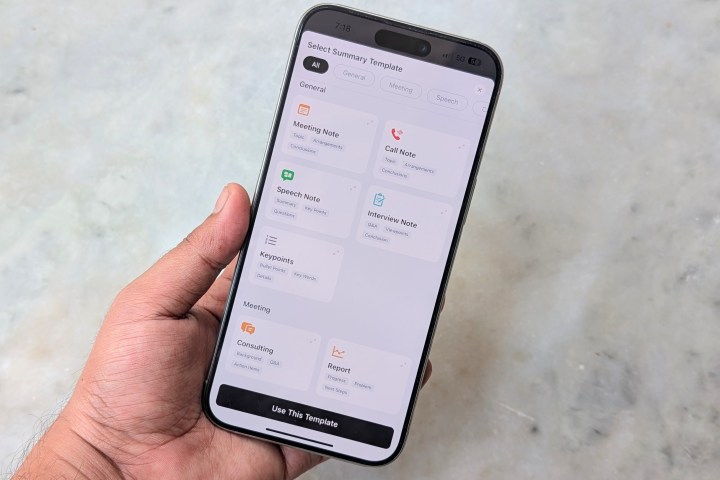 Summarization formats for Plaud Note.Various summarization templates offered within the Plaud Note app. (Nadeem Sarwar / MaagX)
Summarization formats for Plaud Note.Various summarization templates offered within the Plaud Note app. (Nadeem Sarwar / MaagX)
These templates prove surprisingly effective. In a test recording of a virtual seminar, the “lecture” template generated an accurate headline and a well-structured summary with bullet points and subheadings. Users can also re-transcribe and change the summarization template for existing audio clips, all within a single app.
App Comparisons and AI Advantages
 Menu controls in app for Plaud Note.Navigating the Plaud Note app’s menu controls. (Nadeem Sarwar / MaagX)
Menu controls in app for Plaud Note.Navigating the Plaud Note app’s menu controls. (Nadeem Sarwar / MaagX)
The question arises: why a dedicated device when apps offer similar functionality? While apps like Otter provide transcription services, they often come with subscription fees and limitations. Otter, for instance, costs $8.33 per month for 1,200 recording minutes, while Plaud’s personal tier costs $6.59 for the same limit. Otter currently only supports English, while Plaud Note, powered by GPT-4o, supports 59 languages and handles accents effectively. Crucially, the Plaud Note’s AI corrects errors in real-time, unlike some apps that simply transcribe misspelled words.
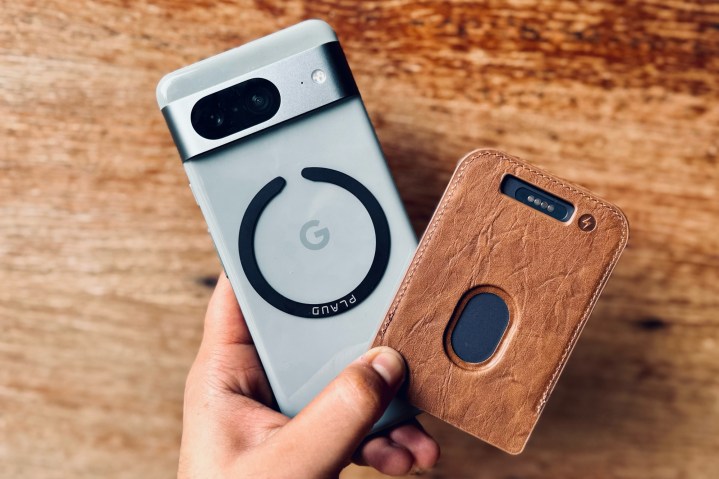 Leather case for Plaud Note and Pixel 8.The Plaud Note’s leather case attached to a Pixel 8. (Nadeem Sarwar / MaagX)
Leather case for Plaud Note and Pixel 8.The Plaud Note’s leather case attached to a Pixel 8. (Nadeem Sarwar / MaagX)
This real-time correction, similar to voice typing in Google Keyboard or Docs, stems from the predictive nature of language models. They learn from context and make corrections accordingly, a concept central to conversational AI.
The Plaud Note also addresses storage concerns. Its 64GB of internal storage provides ample space for recordings, eliminating the need to delete files or rely on cloud storage, a significant advantage for professionals who retain recordings for future reference.
On-Device AI in Smartphones and the Plaud Note’s Niche
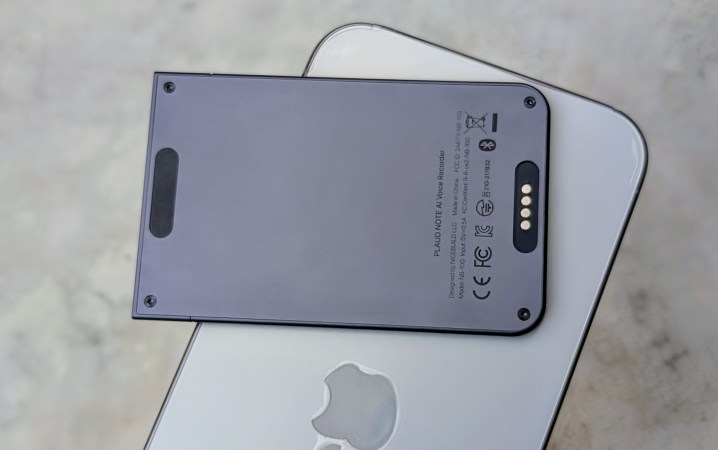 Side profile of Plaud Note.Side view of the Plaud Note highlighting its thin design. (Nadeem Sarwar / MaagX)
Side profile of Plaud Note.Side view of the Plaud Note highlighting its thin design. (Nadeem Sarwar / MaagX)
While on-device AI solutions like Galaxy AI, Apple Intelligence, and Google AI offer powerful capabilities, they are often limited to high-end devices and may eventually incur costs. Furthermore, the resource-intensive nature of on-device AI restricts its availability on budget phones. The Plaud Note bypasses these limitations, offering compatibility with any iPhone or Android device, regardless of processing power.
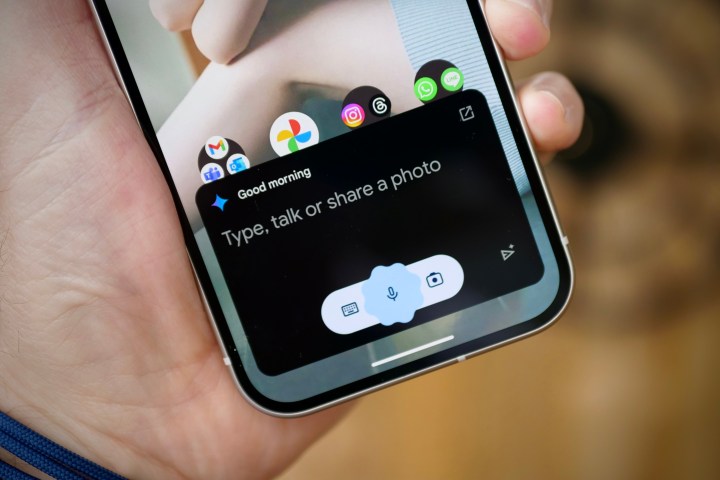 Using Gemini AI on the Google Pixel 9.Utilizing Gemini AI on a Google Pixel 9. (Andy Boxall / MaagX)
Using Gemini AI on the Google Pixel 9.Utilizing Gemini AI on a Google Pixel 9. (Andy Boxall / MaagX)
Should You Buy the Plaud Note?
 Plaud Note atop an iphone.Plaud Note positioned on top of an iPhone. (Nadeem Sarwar / MaagX)
Plaud Note atop an iphone.Plaud Note positioned on top of an iPhone. (Nadeem Sarwar / MaagX)
For users with recent flagship phones featuring native call recording and transcription capabilities, the Plaud Note might seem redundant. Features like iOS 18’s call recording and Apple Intelligence’s Writing Tools, or Google’s Call Notes on Pixel 9, offer similar functionality. However, these features are currently limited to specific devices and may not remain free indefinitely.
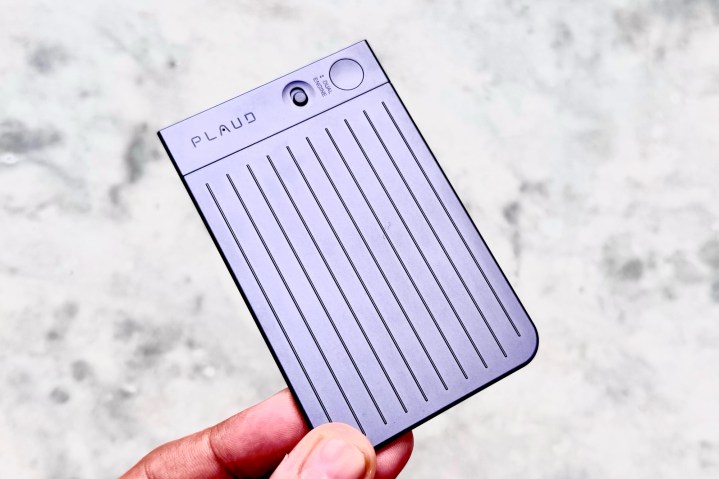 Holding the Plaud Note.Holding the Plaud Note, demonstrating its compact size. (Nadeem Sarwar / MaagX)
Holding the Plaud Note.Holding the Plaud Note, demonstrating its compact size. (Nadeem Sarwar / MaagX)
For everyone else, the Plaud Note presents a compelling all-in-one solution. It delivers reliable transcription, leverages AI for meaningful summarization, and provides convenient sharing and export options. Its integrated hardware-software approach and overall convenience overcome the “it could’ve been an app” argument. With over $10 million in sales, the Plaud Note clearly fills a need for a dedicated recording and transcription device.



